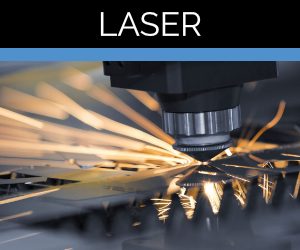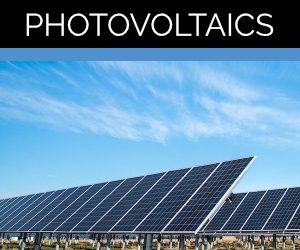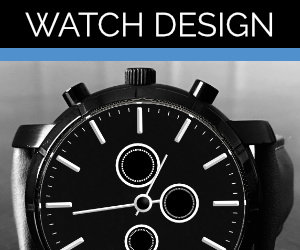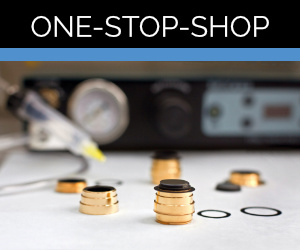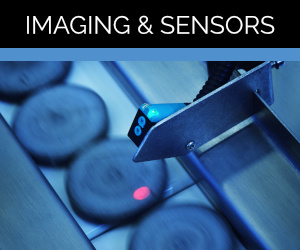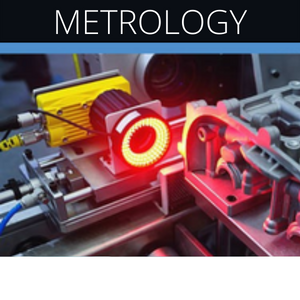What is Black anodized aluminum?

Anodizing is an electrochemical process that thickens and toughens the naturally occurring oxide layer on metal surfaces, providing excellent corrosion and wear resistance. This process is also used to dye metal components and increase their aesthetic appeal. Anodizing can be done in a variety of colors, including black. Other benefits of the anodizing process include heat dissipation, surface lubricity, non-conductive properties, adhesion enhancement and improved paint adhesion.
Where the requirement is high emissivity for heat dissipation or for stray light suppression the addition of Acktar black high emissivity coatings delivers an additional benefit. The contribution of Acktar coatings for these applications in the infra-red range is an order of magnitude. The Acktar coatings can be deposited either on top of the anodize or in its place.
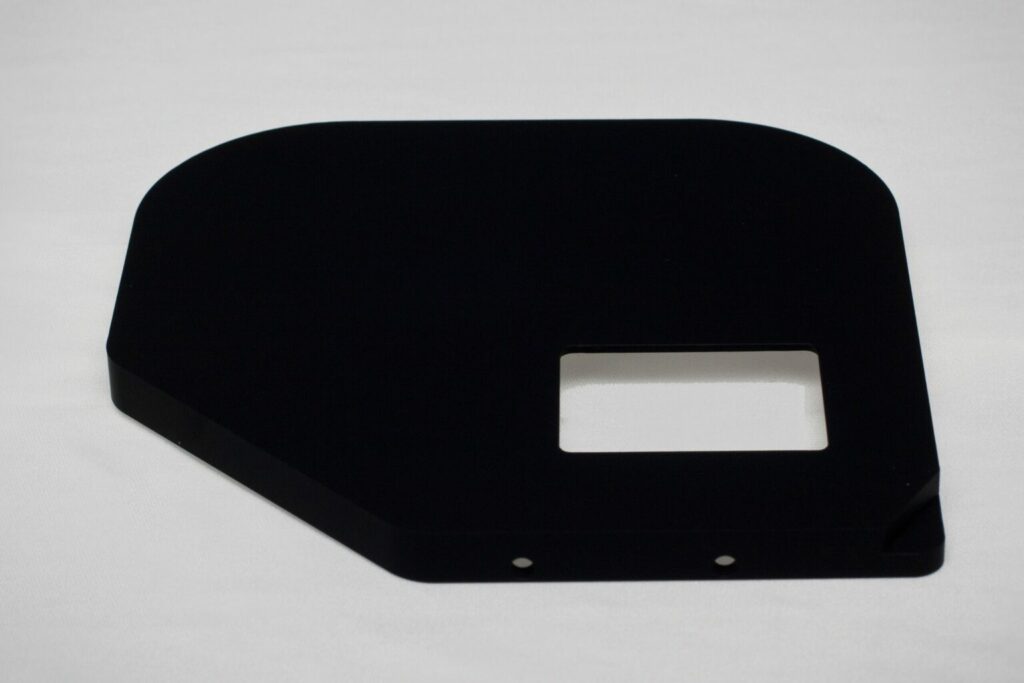
Anodizing is an incredibly versatile electrochemical process that can be used to coat a range of metals, such as magnesium and titanium. However, it is most commonly used to coat aluminum and its alloys due to their relatively high reactivity. Anodizing creates a thin, precise layer of corrosion-resistant oxide on the surface of the metal part. This layer not only protects the underlying aluminum from environmental damage but also improves its mechanical and electrical properties.
Type I Chromic Acid Anodize (CAA)
Is a fairly common form of anodizing and is ideally suited for coating aluminum parts that are intended for outdoor use or are otherwise exposed to harsh environments. CAA creates a thin, uniform layer of aluminum oxide on the surface of the aluminum part which provides greater protection against corrosion and abrasion than standard anodizing.
Type II Sulfuric Acid Anodize (SAA)
Iis a slightly more complex form of anodizing in which sulfuric acid solution replaces chromic acid solution as the electrolyte. This type of anodizing produces thicker layers than does CAA, resulting in increased protection from abrasion and other forms of wear. Additionally, SAA has more color options available than CAA due to its ability to create deeper pores in the oxide layer which allows for greater absorption of dyes into the metal part.
Type III Hard Anodize (HAA)
Is another form of aluminum anodizing that produces an even thicker oxide layer than SAA; typically between 25µm and 150µm thick depending on application requirements. This type of anodization provides maximum durability and corrosion resistance for aluminum parts that will be exposed to extreme environments or require long-term performance without regular maintenance.
What is the cost of black anodizing?
The cost of black anodizing depends on several factors such as the size and shape of the metal, the thickness of the coating required, as well as any additional services that may be required. Generally speaking, larger pieces will cost more than small ones because they require more time to process due to their surface area. Additionally, thicker coatings require more time and therefore cost more too. If you need any extra services such as sandblasting or polishing before anodizing, this will also add to your overall cost. In terms of overall pricing for black anodizing jobs, costs typically range from around $50 – $200 per square foot depending on all the factors mentioned above.
Do you have a question? Our experts will be happy to hear from you and advise you on the best product for you. Contact Us.


